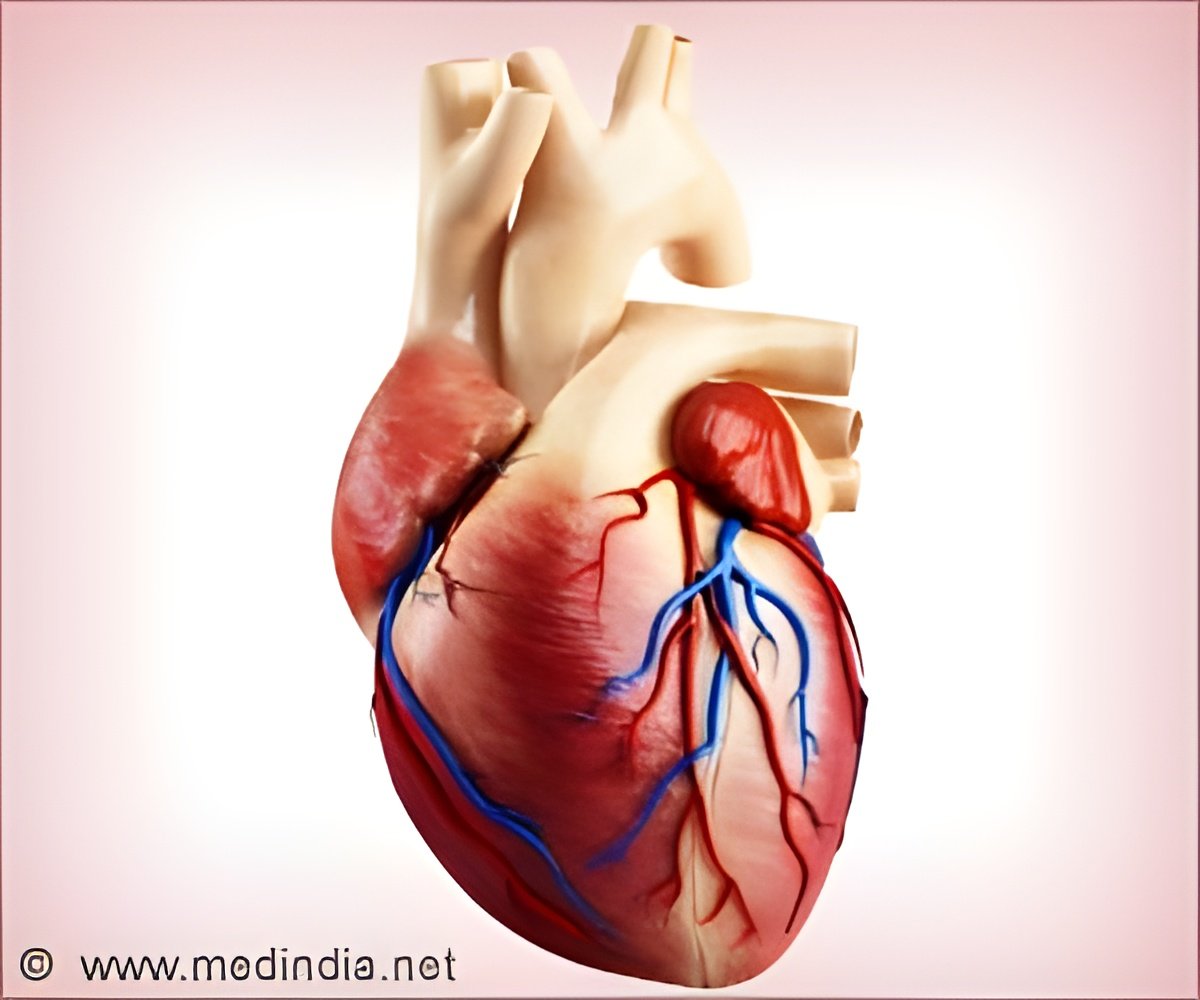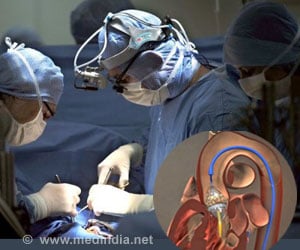Aortic heart valve replacements made of polymers rather than animal heart tissues have been designed and tested by NIBIB-funded engineers.

‘Polymer valves refined by computer simulations aim to reduce costs, improve minimally-invasive procedures. ’





Aortic stenosis occurs when the aortic valve of the heart does not open fully as a result of Calcific Aortic Valve Disease (CAVD). CAVD is caused by calcium build up on the valve and can lead to heart failure. The condition affects more than 2.5 million people over the age of 75 in the U.S.1 For years, the valves have been replaced through open heart surgery: surgical aortic valve replacement (SAVR). However, increasingly, older patients who cannot tolerate surgery have been treated with a minimally-invasive procedure: transcatheter aortic valve replacement (TAVR), where a new valve compressed into a catheter is guided through a blood vessel and expanded on top of the diseased valve. As the TAVR procedure and the design of the TAVR valves continues to be improved, more doctors and patients are opting for TAVR over surgery because the minimally-invasive nature of the procedure enables a dramatically decreased recovery time. Recovery from SAVR takes several months, while TAVR patients are typically out of the hospital and able to function normally within a few days.
However, the increase in use of TAVR in younger patients raises a serious issue of the durability of the valves as they are now expected to function for many more years in the patients’ bodies. Longer term studies of TAVR procedures have identified potential degeneration and leakage problems with tissue-based valves currently used for TAVR.
Led by NIBIB grantee Danny Bluestein, Ph.D., Professor of Biomedical Engineering, Stony Brook University, NY, a team of experts in the dynamics of blood flow in the cardiovascular system has designed and laboratory tested an experimental polymer TAVR valve. The group hopes that the use of polymers will overcome some of the problems with long term use of tissue valves, improving the procedure and outcomes so that it can be reliably offered to more patients of all ages, reducing the need for open heart surgery.
“We are able to test the valves in the early stages of development using computer models and with mechanical devices that mimic the heart pumping blood through the valve,” said Bluestein. “Our test systems and computer simulations allow us to evaluate a polymer valve and identify specific structural issues affecting performance. Then, we can make the necessary changes, for example in the shape, flexibility, or other aspects of the polymer that would mitigate problems and increase efficiency.”
Advertisement
Adds Grace Peng, Ph.D., director of the NIBIB program in Mathematical Modeling, Simulation, and Analysis, “Dr. Bluestein and his colleagues have been pioneers in combining mathematical modeling and experimental techniques to design and make real improvements in devices used to treat cardiovascular disorders. Their work is an outstanding example of how mathematical modeling and simulation approaches can accelerate the development and increase the reliability of medical treatments and devices that are life-saving for thousands of patients with serious diseases.”
Advertisement














